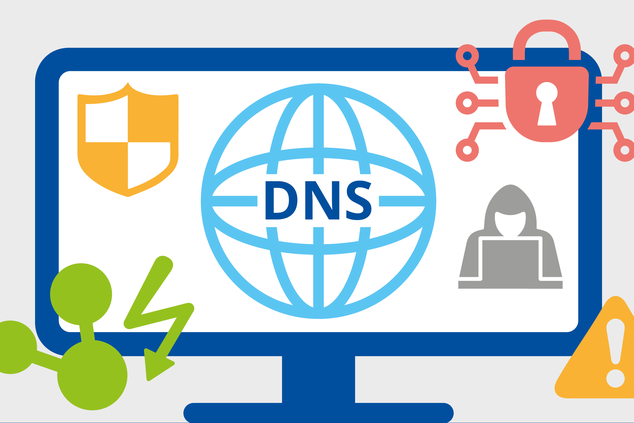What is DNS?
 Gift Ayodele
Gift AyodeleTable of contents

Introduction to DNS
DNS, or Domain Name System, is often referred to as the "phonebook of the internet." It translates user-friendly domain names—like www.example.com—into IP addresses that computers can understand, enabling users to access websites easily without needing to remember complex numerical addresses.
The Role of DNS
Name Resolution
When you type a website's name into your browser, DNS is responsible for converting that name into an IP address. This process allows your device to locate the server hosting the website and establish a connection.Hierarchy of DNS
DNS operates in a hierarchical structure, consisting of several layers:Root Level: At the top of the hierarchy, the root DNS servers manage the highest-level domains (like .com, .org, and .net).
Top-Level Domains (TLDs): These servers handle the next level down. For example, when you visit a .com site, the TLD servers direct requests to the appropriate domain name servers.
Author**itative Name Servers**: These servers store the actual IP addresses of the domain names. They provide the final answer to DNS queries.
Caching
To improve efficiency, DNS servers cache responses to previously resolved domain names. This means that if multiple users request the same website, the DNS server can quickly provide the cached IP address instead of performing the resolution process again.
How DNS Works
User Request
When you enter a URL in your browser, your device first checks its local DNS cache to see if it has the IP address stored.Querying DNS S**ervers**
If the address isn't cached, the device sends a query to a DNS resolver (usually managed by your Internet Service Provider). The resolver will then query the root servers, TLD servers, and finally, the authoritative name servers to find the correct IP address.Retrieving the IP Address
Once the resolver retrieves the IP address, it sends this information back to your device, which can then connect to the website.Establishin**g a Connection**
With the IP address in hand, your browser can now send a request to the website’s server, retrieving the web page for you to view.
Benefits o**f DNS**
User-Friend**ly Navigation**
DNS allows users to navigate the internet using easily memorable domain names instead of complex IP addresses.Load Balanci**ng**
DNS can distribute traffic across multiple servers, ensuring that no single server becomes overloaded, improving website performance.Fault Tolerance
If one server goes down, DNS can redirect users to another server, ensuring continued access to services.
Conclusion
In summary, the Domain Name System is a crucial component of the internet, enabling users to access websites easily by translating domain names into IP addresses. Understanding how DNS works helps appreciate the technology that underpins our everyday online experiences.
Subscribe to my newsletter
Read articles from Gift Ayodele directly inside your inbox. Subscribe to the newsletter, and don't miss out.
Written by
